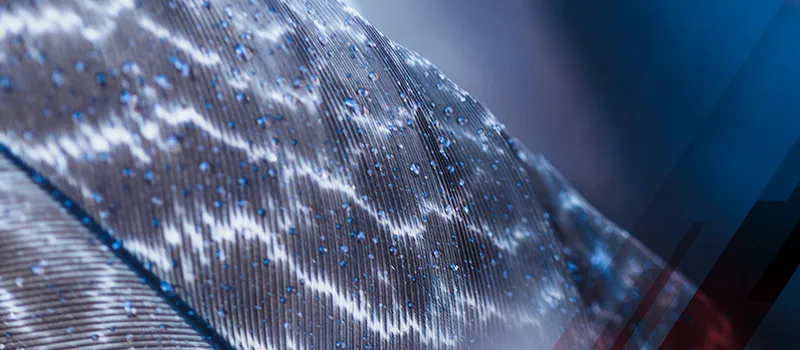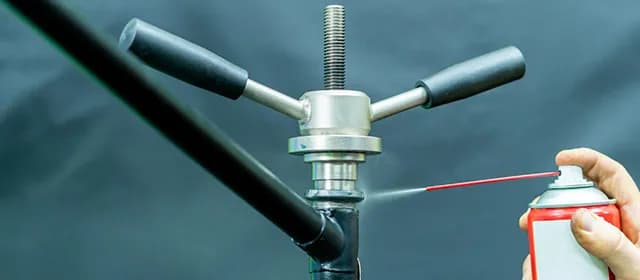In a world where technology is advancing at an unprecedented pace, the realm of textiles is no exception. Imagine a fabric that can adapt to changing environments, protect against extreme conditions, and even enhance our daily lives. The development of technical textile signifies an era of innovation and functionality, revolutionizing the very essence of our daily lives.
Let’s take a closer look at the world where threads become intelligent, fabrics become high-performance, and the possibilities are limitless.
What is Technical Textile?
Technical textile refers to a textile material or product that is valued mainly for its technical performance and functional properties instead of its aesthetics or decorative features.
The textile industry is focusing on technical textiles, which are non-clothing applications of fabrics. These textiles are used individually or as components to enhance the strength, performance, or functional properties of products like firefighter uniforms and awnings. They are also used as accessories in manufacturing processes, like filter fabric in the food industry and papermaker felt in paper mills.
This sector is experiencing rapid growth within the larger textile industry as it focuses on the production of advanced and high-performance fabrics. According to the latest report published by Kings Research, the global technical textile market is projected to expand at a compound annual growth rate (CAGR) of 6.85% to accrue USD 360.26 billion in revenue by 2030.
These fabrics not only seem visually appealing but also offer substantial functional benefits.
What are the Major Types of Technical Textiles?
Technical textiles are divided into several categories depending on their applications in various industries. The major types of these engineered textiles are:
- Agro-Textiles
The textiles that are specially used in agriculture are called agro-textiles. These textiles include nets, mulch mats, crop covers, and shade nets and are weather-protective.
- Construction Textiles
These textiles are utilized in construction for various purposes, such as concrete reinforcement, façade systems, insulation, air conditioning, noise prevention, visual protection, building safety, architectural membranes, and signage.
- Clothing Textiles
This technical textile is designed for clothing applications such as zip fasteners, sewing threads, umbrella cloth, interlinings, elastic narrow fabrics, labels, shoelaces, and more.
- Geo-Textiles
Geotextiles are permeable fabrics used in civil engineering, earth and road construction, dam engineering, soil sealing, and drainage systems. These fabrics help to prevent building materials from cracking.
- Domestic Textiles
Domestic textiles are used in interior decoration, furniture, carpeting, sun protection, cushion materials, fireproofing, floor coverings, and furniture fabrics. Besides that, they are also used in fiberfill, stuffed toys, blinds, mattress components, carpet backing cloths, mosquito nets, and vacuum cleaner filters.
- Industrial Textiles
These technical textiles are used in chemical, electrical, and mechanical engineering applications, including industrial brushes, paper-making fabrics, filtration products, and composites.
- Medical Textiles
Medical textiles are used in various surgical applications, such as bandages, sutures, dressings, artificial implants, baby diapers, sanitary napkins, surgical disposables, surgical gowns, and drapes.
- Eco-Friendly Textiles
This technical textile is utilized in environmental engineering, landfill waste management, and chemical/oil industries for secondary protection, including ground covers and process tank containment for tank leaks.
- Packaging Textiles
Packing textiles include bags, wrapping fabric, soft luggage products, tea bag filter paper, jute hessian and sacks, woven sacks, and others.
- Protective Textiles
This technical textile with high-performance fibers offers various protection options, including heat, radiation, molten metals, bulletproof jackets, high-altitude clothing, ballistic protective clothing, and industrial gloves.
- Sports Textiles
These types of textile materials include tents, swimwear, footwear components, sports nets, hot air balloons, parachute fabrics, sports composites, and others.
Recent Innovations in Technical Textiles Revolutionizing Clothing
1. 3D Printing Technology
Designers are increasingly using 3D printing technology to create unique, personalized, and sustainable apparel pieces. Anouk Wipprecht, a Dutch designer, developed the Proximity Dress, a piece of clothing that senses human movement and expands to create a barrier. Stylist Ganit Goldstein from Israel used 3D printing in her collection 'Between the Layers'.
This technology also helps reduce waste in the fashion industry, particularly in haute couture. With 3D printers, the industry can become more agile, personalized, and sustainable, reducing waste and offering an innovative solution to overproduction.
2. Plant-Based Textiles
Designers and brands are increasingly exploring ‘Gen-Next’ materials like fruit, cactus, and single-use plastic as alternatives to leather and fur. Moonlight Technologies, a company that specializes in technical expertise, has recently launched five new sustainable, carbon-negative, plant-based technologies for fabrics, which could significantly change the future of fashion.
These technologies use natural dyes and self-cleaning processes and have the potential to prominently revolutionize the future of fashion towards a sustainable, safer, and healthier world through plant-based innovation. The company aims to use the power of nature to create a more sustainable, safer, and healthier world that appeals to brands worldwide.
3. Smart Textiles
The Future of Electronics RESHAPED conference and tradeshow in Berlin aimed to explore the integration of monitoring, sensing, and heating technology into fabrics. Printed electronics, a smart textile, gained attention due to their flexibility, stretchability, and lightweight nature. These devices can transform passive textiles into active and interactive devices, monitoring and detecting bodily functions.
Printed electronics are more durable than traditional electronics and can withstand multiple washing cycles, crinkling, friction, and sweating. The lower production costs and easy scalability of these devices stimulate the development of new IoT applications and a larger adoption of e-garments and smart fabrics in general. This device can be used in various applications, including smart sportswear, healthcare professionals, aerospace, vehicle engineering, and high-risk industries.
Innovation Unleashed
Technical textile materials will continue to push the boundaries of what is possible with fabric and cloth. Recent innovations have revolutionized industries such as healthcare, fashion, and manufacturing, offering new solutions and possibilities.
From eco-friendly clothes to 3D printing and smart textiles, technological advancements have paved the way for improved performance, functionality, and sustainability in textile products. The plant-based textiles have also gained momentum, ensuring that the industry is working towards a greener and eco-friendlier future.
As research and development in this field continue to progress, we can expect even more exciting and game-changing innovations in the world of technical textiles. With a blend of creativity, engineering, and scientific advancements, these specialized textiles are poised to shape the future of numerous industries and enhance our everyday lives.




